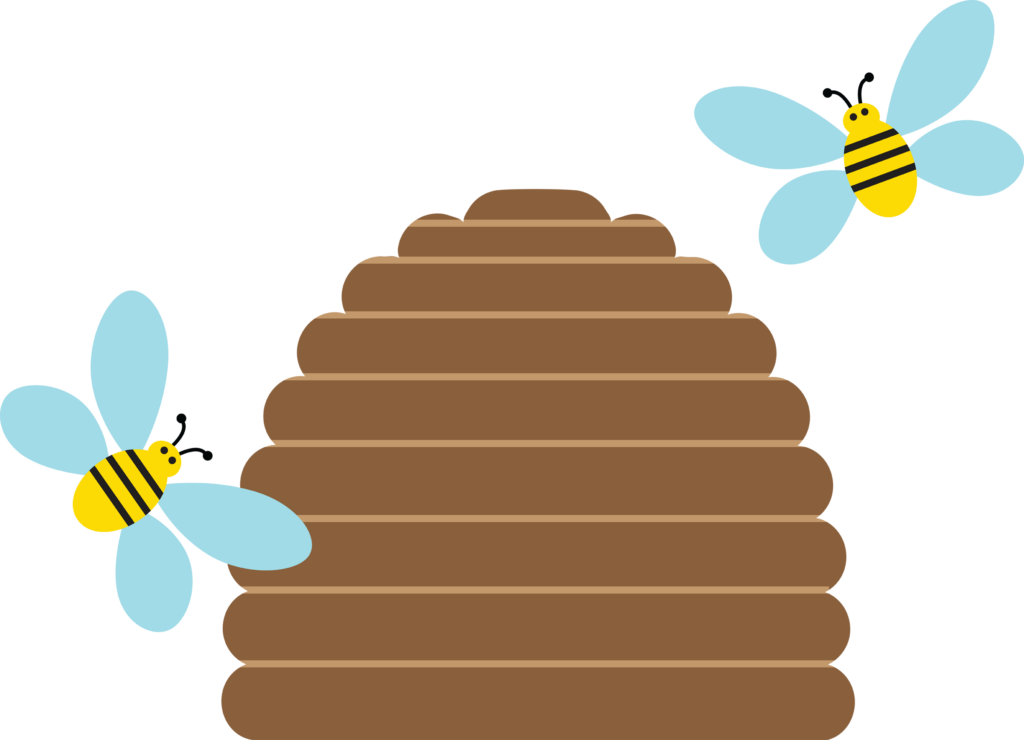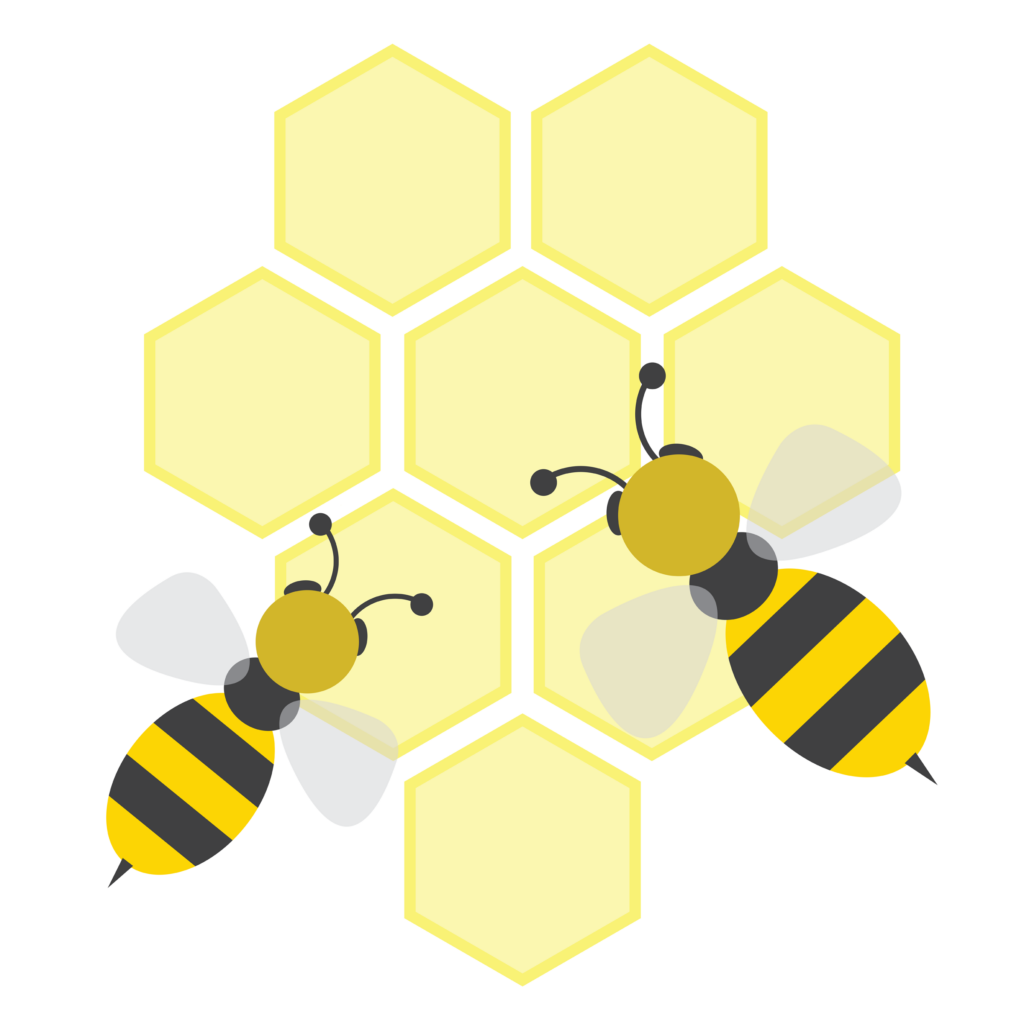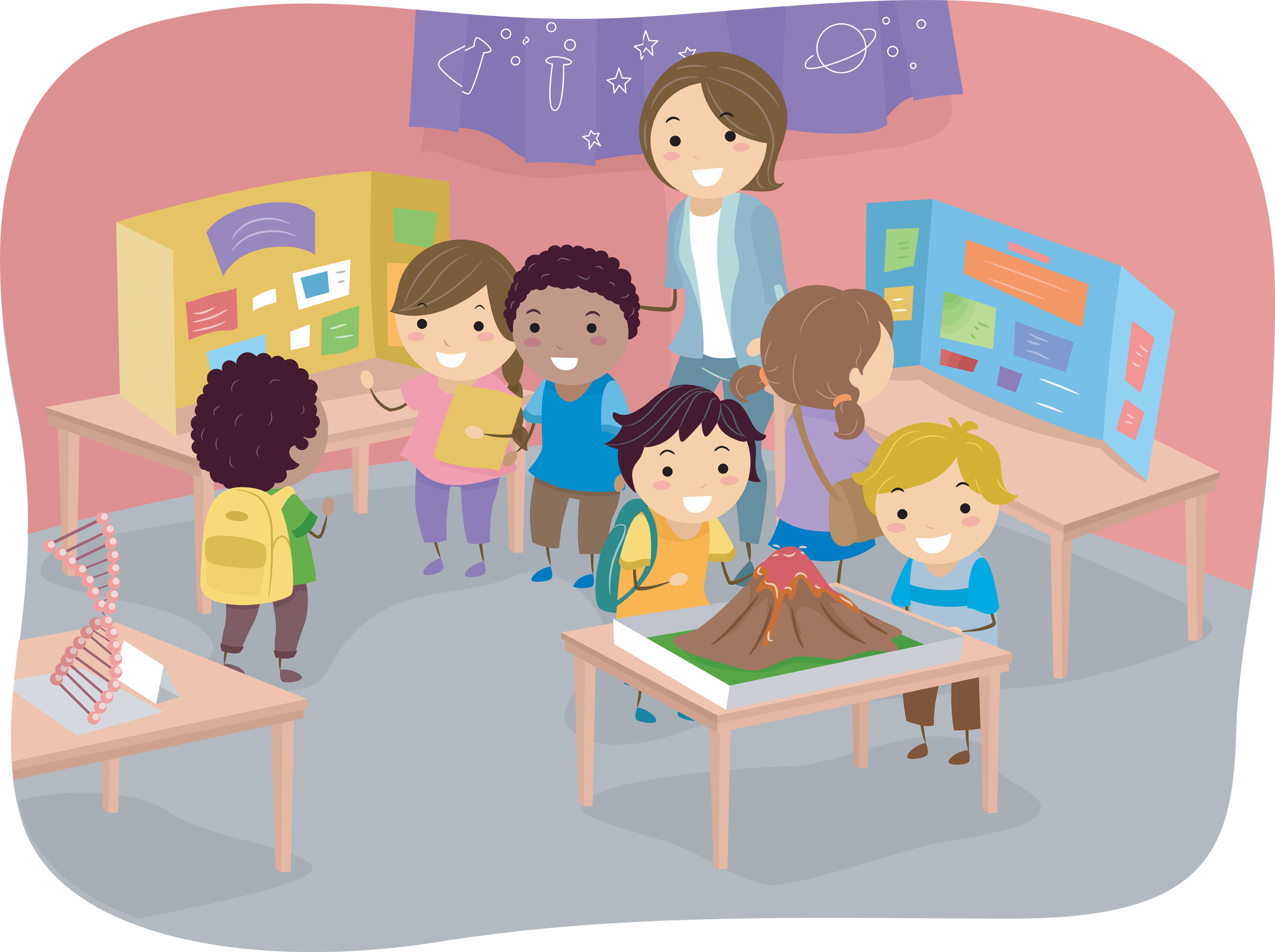
In today’s world, where children’s curiosity knows no bounds, it’s crucial to fuel their inquisitive minds with engaging yet educative content. One intriguing and significant topic is the world of bees. Not only do these tiny creatures play a critical role in maintaining biodiversity and ensuring food security, but they also serve as an excellent educational resource. This article provides practical tips for teaching children about bees, the art of beekeeping, the functioning of apiaries, and the importance of sustainable efforts to protect these essential pollinators.
Bees: The Pillars of Our Ecosystem
First and foremost, educators need to communicate the importance of bees in our ecosystem. Bees are one of the most industrious pollinators on our planet, responsible for pollinating approximately 70% of the crops that feed 90% of the world. When teaching this, visual aids such as diagrams, videos, and Clipart images can be used to illustrate the process of pollination and the role bees play in it.
Exploring the Intricacies of Bee Behavior and Societal Structure
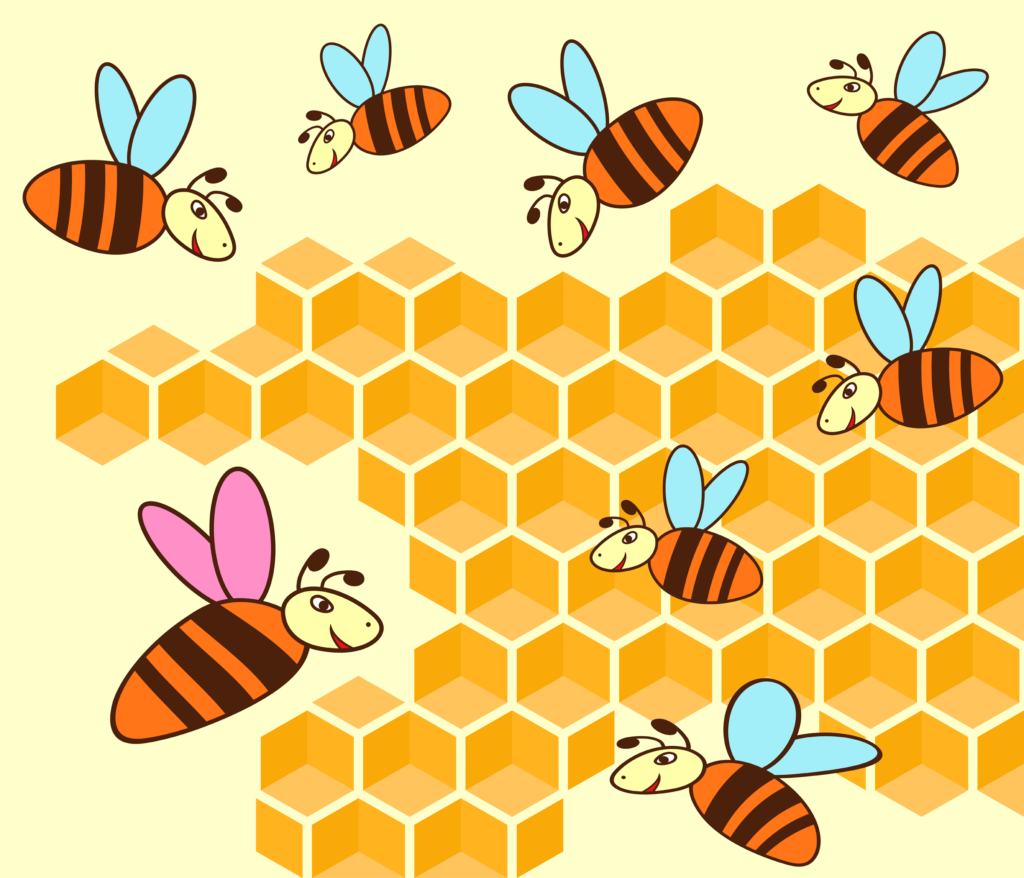
Once children understand the importance of bees, it’s time to delve into the intricacies of bee behavior and societal structure. These buzzing creatures lead fascinating lives, with every hive housing thousands of bees and having its own queen, workers, and drones. A field trip to a local apiary could be an educational gold mine, allowing children to witness bee behavior firsthand. However, for those who cannot arrange such trips, virtual tours and videos of apiaries can serve as suitable substitutes.
Unveiling the Art of Beekeeping
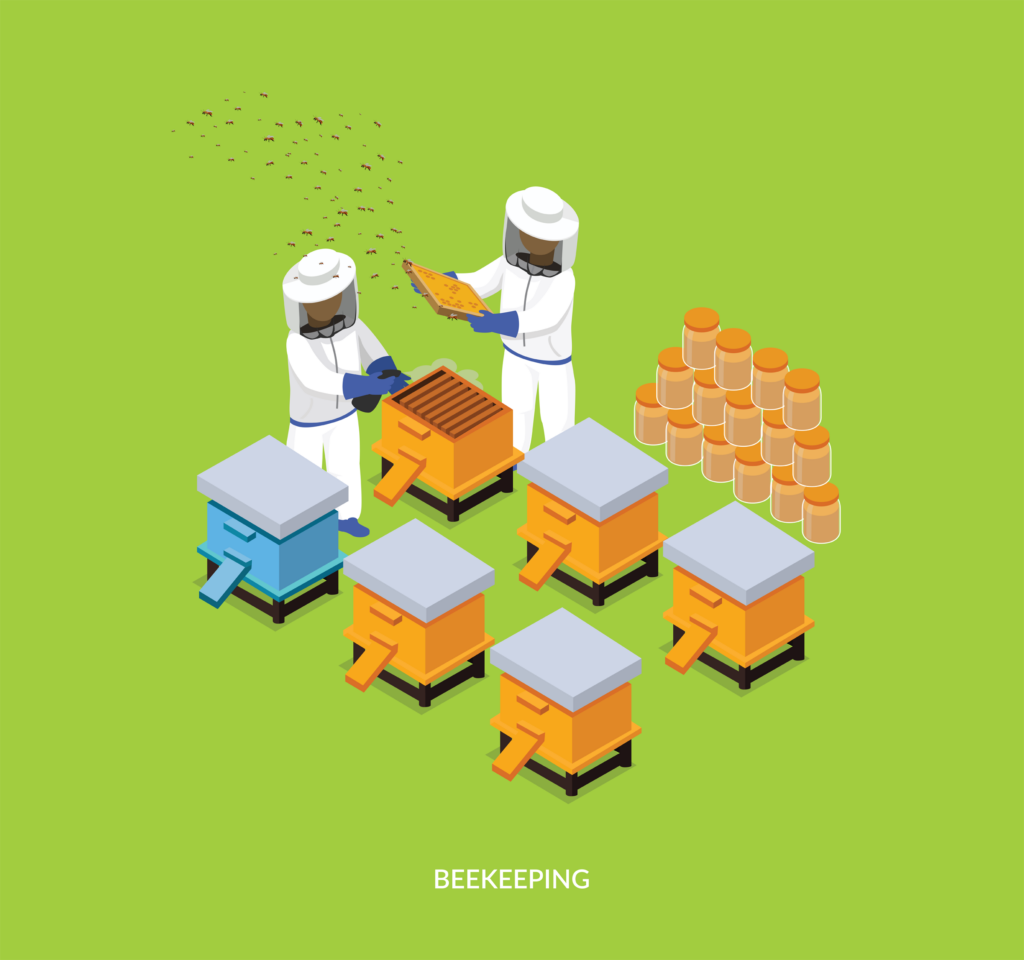
Beekeeping is another fascinating subject that can be integrated into children’s learning experiences. Educators can invite local beekeepers to speak about their work, share experiences, and perhaps bring along some of their tools, like bee suits, smokers, and honey extractors. Children who are homeschooled can benefit from hands-on experiences, like assembling a mock beekeeping suit or crafting a bee hotel for solitary bees.
Interactive Learning through Role-play and Crafts
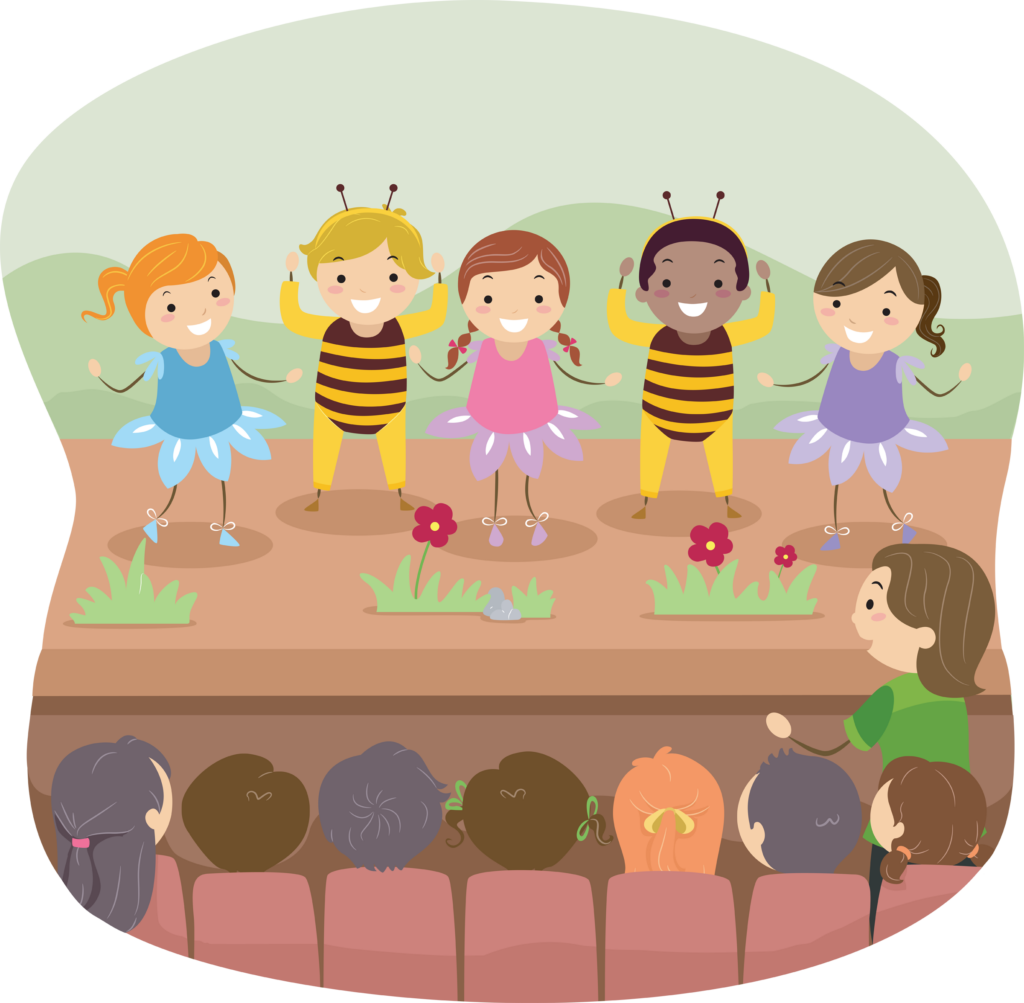
Interactive activities play a critical role in facilitating understanding. For example, students can role-play as bees, taking on different roles (queen, worker, drone) within a bee colony. This provides a fun yet educative way to understand the inner workings of a bee society. Children could also craft origami bees or bee-themed art projects to encourage creativity while reinforcing their knowledge about bees.
Introducing Biodiversity and Sustainability through Bees
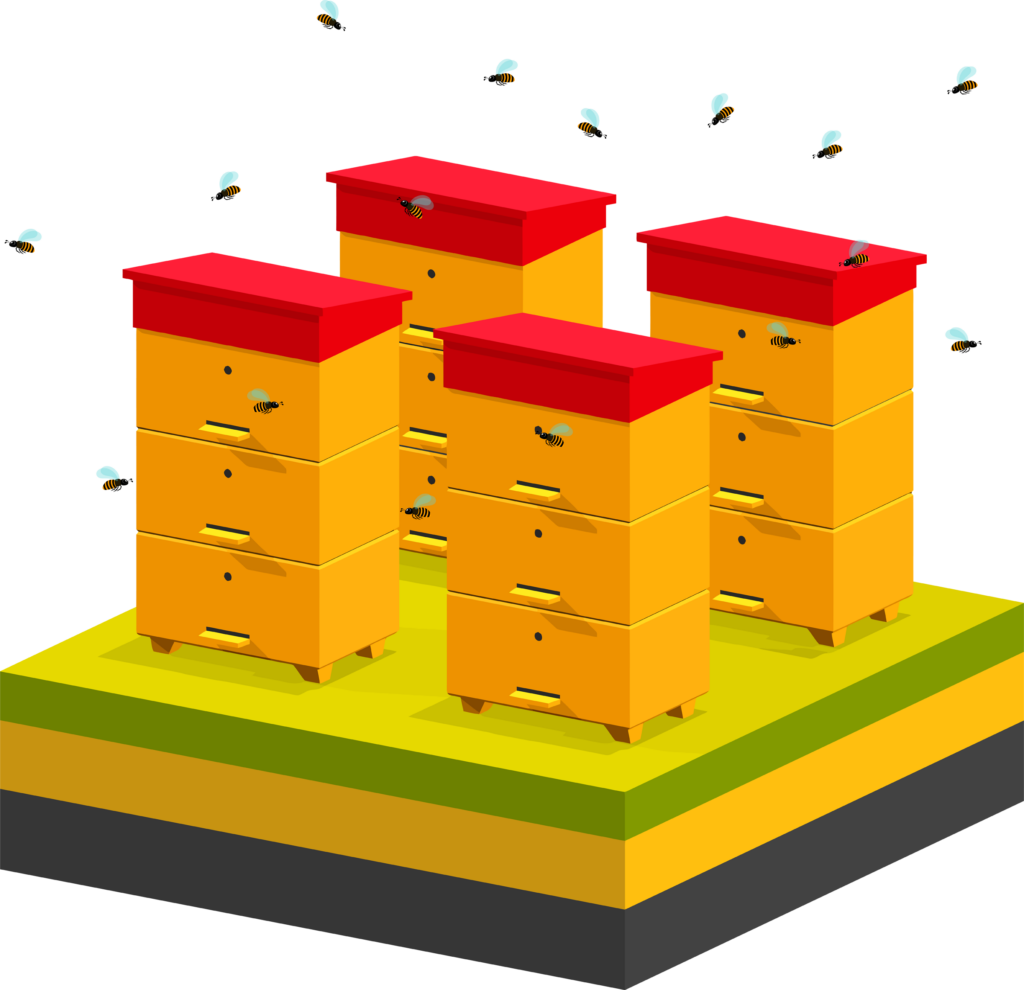
Learning about bees can also be an avenue to introduce children to the broader concepts of biodiversity and sustainability. Educators can discuss the threats facing bees, such as habitat loss, pesticides, and climate change. This opens up conversations about conservation and the small but meaningful steps we can take to help bees, like planting bee-friendly gardens, avoiding harmful pesticides, and promoting sustainable farming practices.
Consolidating Knowledge through Games and Quizzes
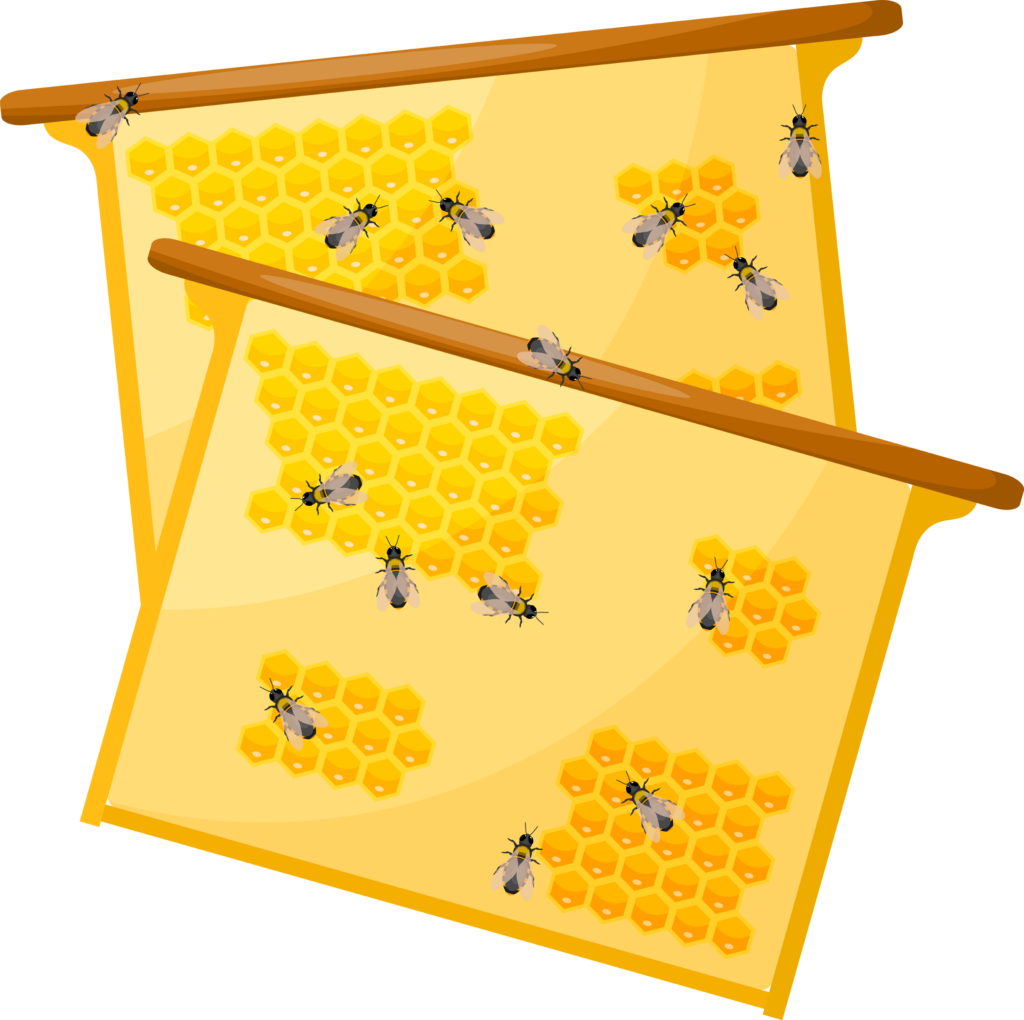
Games and quizzes can be useful tools to consolidate knowledge. For instance, a trivia game about bee facts could provide an exciting end to a day of bee learning. Alternatively, a scavenger hunt in a garden or park, with children identifying different types of bees or bee-attracting plants, could combine learning with physical activity.
Utilizing Reading Resources for Deeper Insights
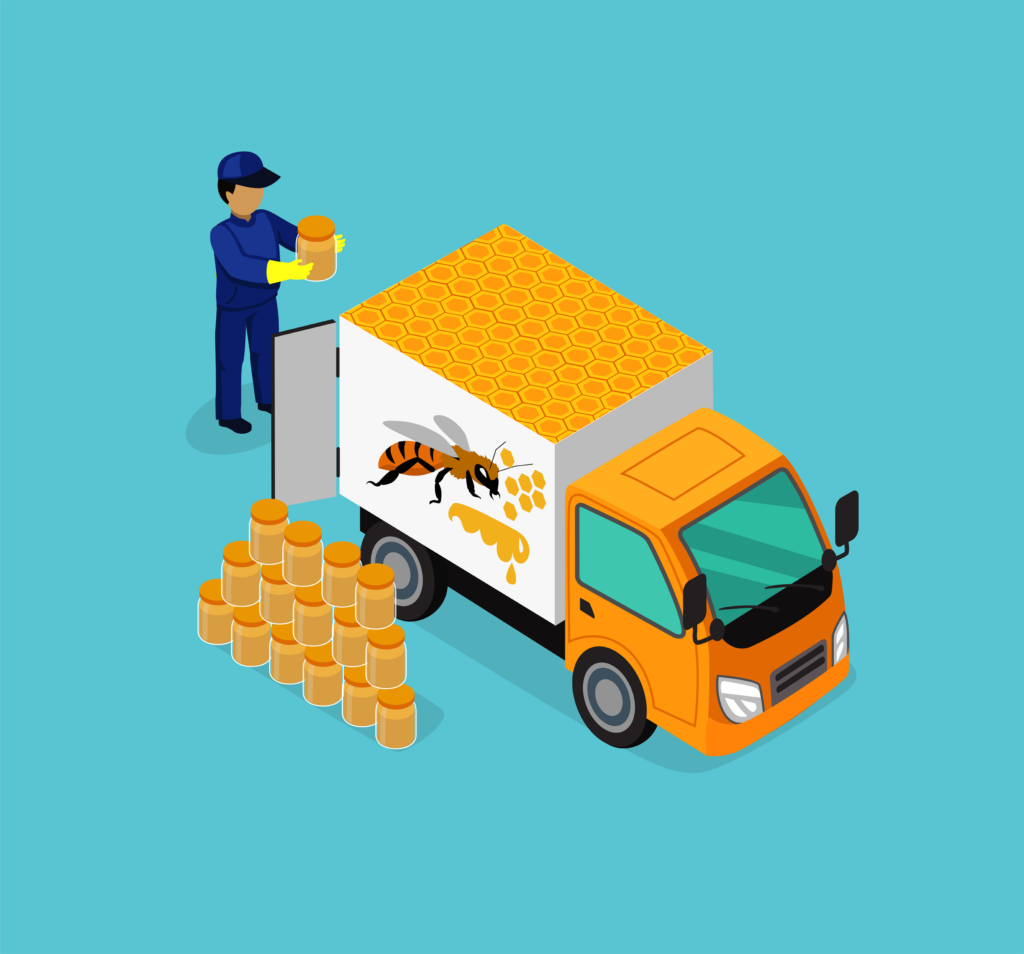
Reading resources like books and online articles can provide further insights into the world of bees. “The Bee Book” by Charlotte Milner and “The Honeybee” by Kirsten Hall are excellent starting points. Additionally, documentaries such as “More Than Honey” and “Vanishing of the Bees” are great resources for older children.
The Interdisciplinary Value of Bee Study
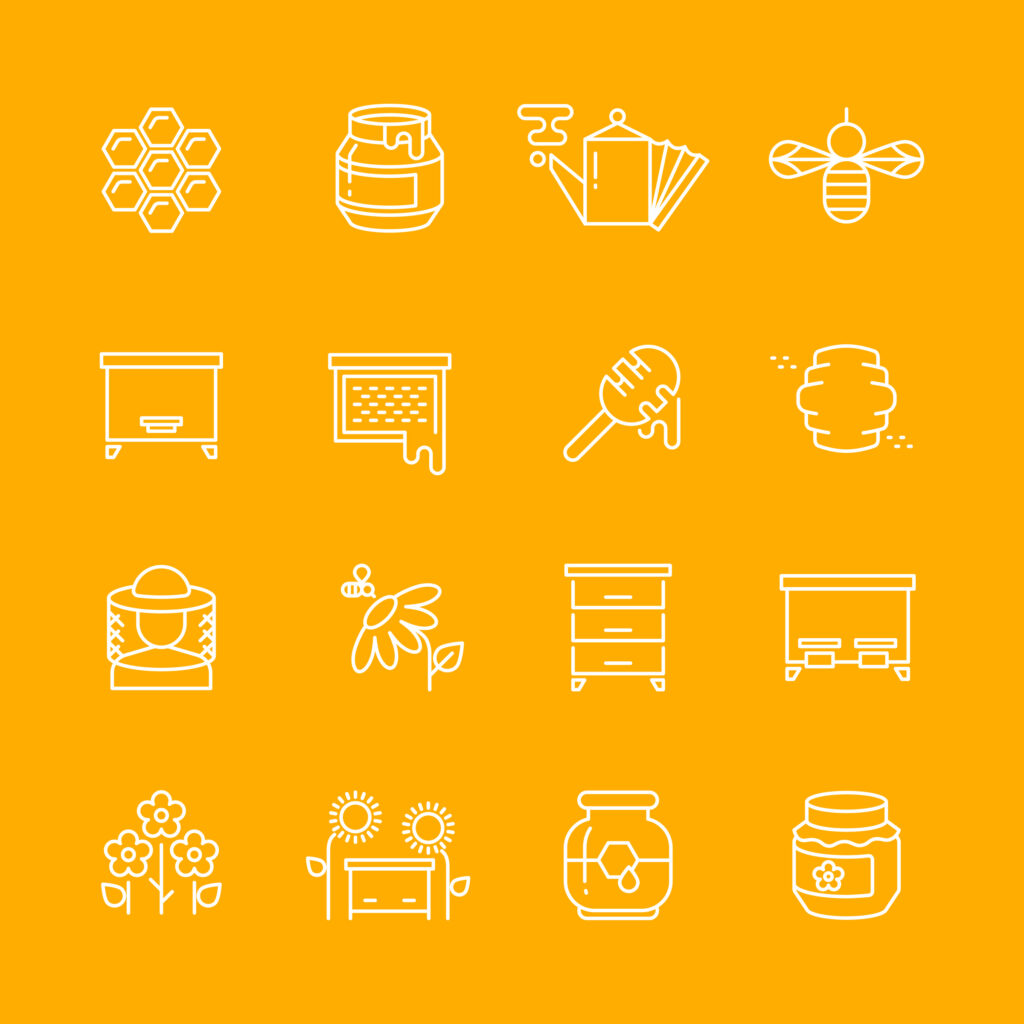
The study of bees is not merely a stand-alone subject. It interlinks with various academic fields like biology, ecology, agriculture, and even social studies. By infusing traditional and homeschooling curricula with the wonders of bees and beekeeping, educators and parents can cultivate not just knowledge but also an appreciation for nature and the interdependent relationships that sustain our planet.
Let’s continue the buzz and encourage our young learners to dive into the enchanting world of bees. It’s not just about creating future beekeepers but nurturing environmentally conscious citizens who understand and respect the intricate webs of life that surround us.
